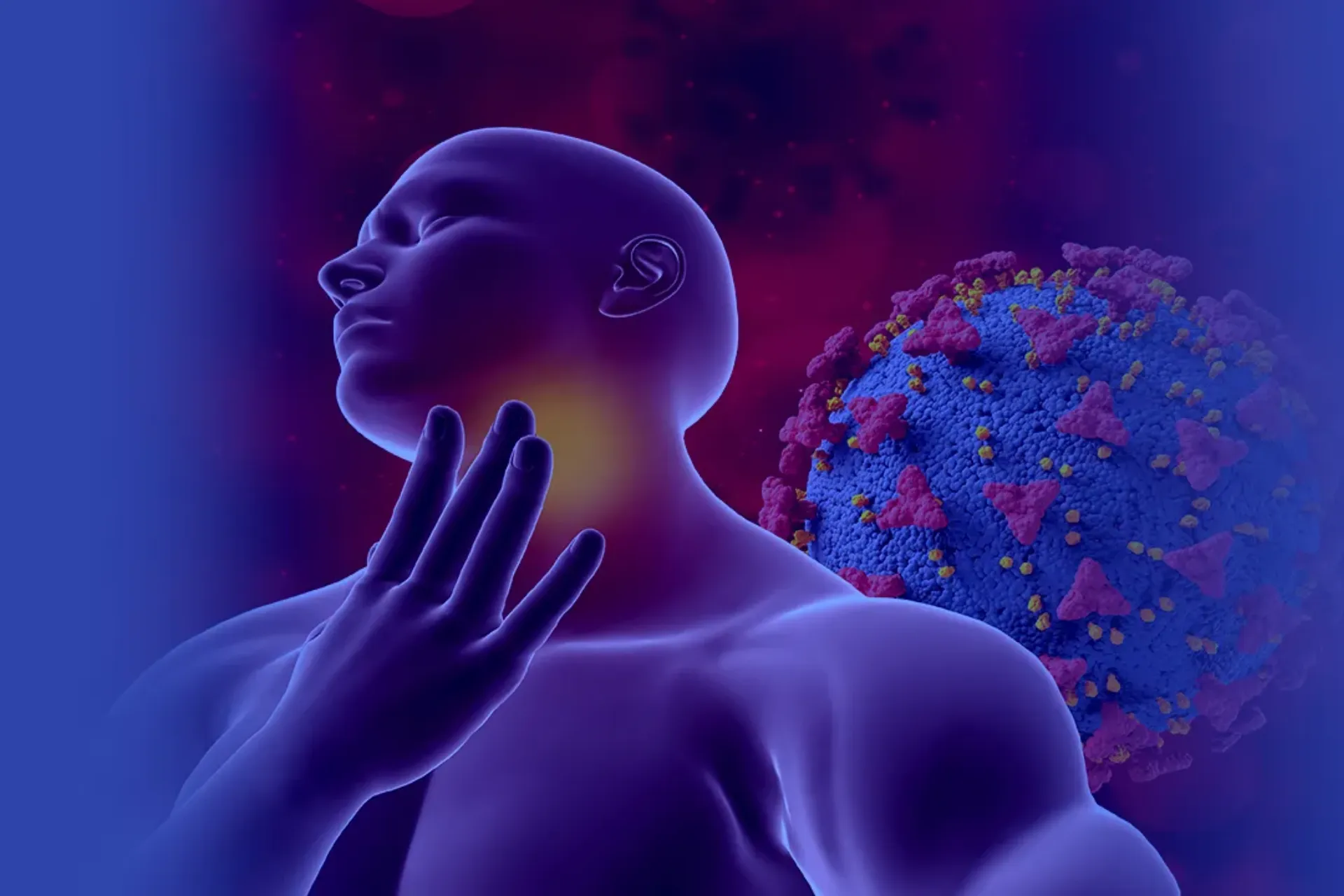Dermatomyositis is a rare inflammatory disease that affects the muscles and skin. It is a type of autoimmune disease, meaning that it is caused by the body’s immune system attacking healthy cells or tissues instead of foreign substances like bacteria or viruses. Dermatomyositis can affect anyone but is more common in adults than children and is more frequently diagnosed in women than men.
The symptoms of dermatomyositis vary from person to person. Still, they most commonly include skin rash, muscle weakness and/or swelling, difficulty reaching overhead or rolling over in bed, and pain or stiffness, particularly among the joints and shoulders. The skin effects of the disease are usually localized. They are characterized by the presence of erythema (reddening) of the skin and/or other areas of discoloration, typically accompanied by hypertrophic (thickening) of the affected skin, along with increased skin smoothness and heat, which is known as the heliotrope rash, typically appears on the knuckles of the hands and the eyelids but can be present on other areas of the skin as well. Some people may also experience calcinosis, the hardening of tissue from a buildup of calcium deposits, usually expressed as lumps or bumps on the skin. Muscle weakness is another common symptom of dermatomyositis and typically begins on the muscles close to the trunk of the body, such as the thighs and upper arms. Muscle weakness can often progress to muscle pain, swelling, and difficulty performing everyday tasks, such as lifting objects or brushing teeth. As the disease progresses, increased weakness and fatigue may also occur.
To diagnose dermatomyositis, a healthcare provider will typically conduct a physical examination of the patient and assess their medical history and any family history of autoimmune disorders. Blood tests are usually used to help diagnose dermatomyositis and can detect signs of inflammation and muscle damage in the patient. Additional tests, such as an electromyogram (EMG) and a muscle biopsy, can help diagnose the condition.
The primary treatments for dermatomyositis are medications, physical therapy, and, in some cases, surgery. These treatments aim to reduce the inflammation associated with the disease and help restore muscle and joint function. Medications such as corticosteroids, immunosuppressive agents, antimalarial drugs, and/or vitamin/mineral supplements, and physical therapy exercises can help reduce inflammation and promote muscle strength.
Surgery may be recommended in some cases to treat dermatomyositis, though this is typically only done if the disease is severe and has not responded to other treatments.
While most people diagnosed with dermatomyositis will experience some level of improvement in their symptoms after treatment, the outlook for the disease varies from person to person. People with mild forms of the disease often experience complete resolution of symptoms. However, those with more severe conditions may require ongoing treatment and/or medication to manage their symptoms.
Dermatomyositis is a rare autoimmune condition that can cause various symptoms, including skin rash and muscle weakness. The primary treatments for this condition are medications, physical therapy, and, in some cases, surgery. The outcome for this condition varies from person to person, with most patients experiencing some improvement.

Comments are closed.